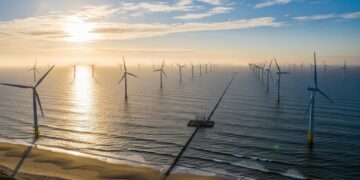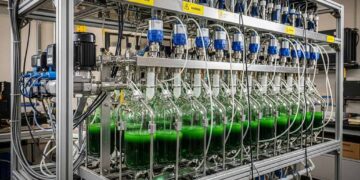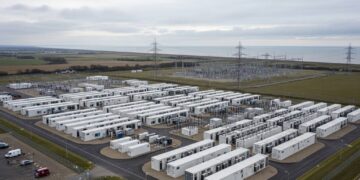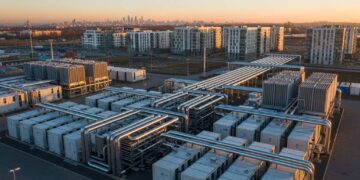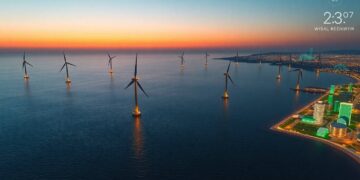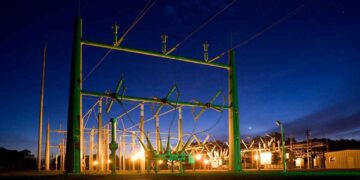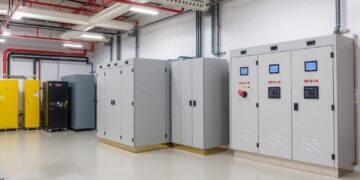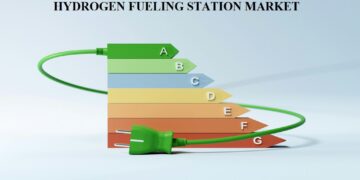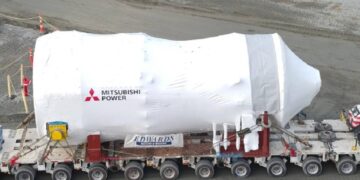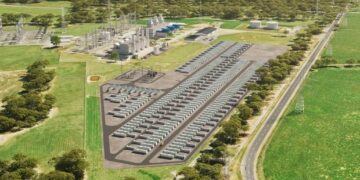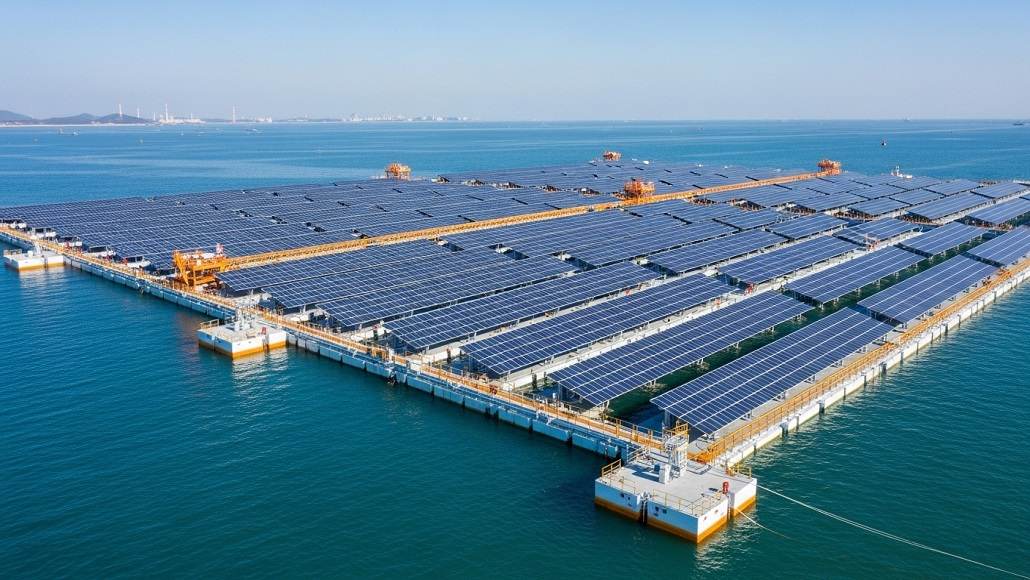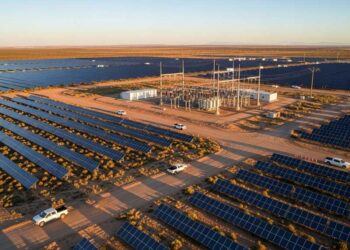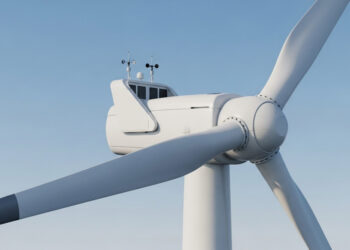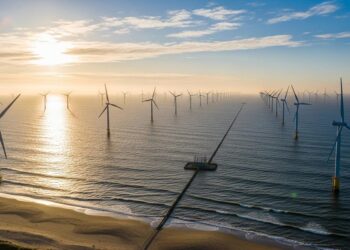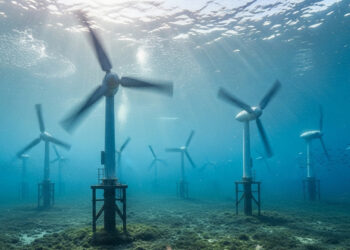The Shandong Provincial Government and the Qingdao Municipality have worked with China Petroleum & Chemical Corporation (Sinopec) to start the world’s first commercial-scale floating photovoltaic power plant that is completely offshore. This is a big step forward in renewable energy technology since the project is not only totally marine-based, but it is also connected to a previously launched pile-mounted floating photovoltaic power plant. It is presently the biggest floating solar power plant that Sinopec has ever built.
The project covers around 60,000 square meters and has a capacity of 7.5 megawatts. Every year, it is projected to produce around 16.7 million kilowatt-hours of renewable power, which would help cut carbon emissions by about 14,000 tonnes. The floating photovoltaic power plant was designed to be used in coastal and shallow marine areas. It uses sea surface space well and doesn’t produce any emissions. The system has been designed to move with the tides, keeping the panels as close to the water’s surface as possible. This setup not only makes better use of space, but it also makes the cooling effect stronger, which increases the efficiency of power production by 5 to 8 percent compared to standard stilt-based systems.
In order to deal with the problems caused by maritime circumstances, Sinopec came up with three important technological improvements. First, the floats and structural brackets are made of materials that don’t rust and can handle salt spray and marine biofouling, such barnacle development. Second, the anchoring mechanism was designed to withstand very bad weather at sea, with wind speeds up to Level 13 and tide changes of up to 3.5 meters.
This method also cuts infrastructure costs by around 10% compared to traditional PV systems that use piles. Third, the layout has been improved to make maintenance simpler. For example, the inspection path is more direct, and solar panels and wires that are near to the water surface are easier to get to. This method makes operations safer and lowers the expense of continuous maintenance.
Sinopec’s larger new energy strategy includes the building of this offshore solar project. The business developed China’s first hydrogen refuelling station that doesn’t produce carbon and its first seawater hydrogen manufacturing plant on a large scale. The present floating photovoltaic power plant project is a key aspect of Sinopec’s renewable energy industrial chain since it makes solar-powered hydrogen production possible. The firm wants to make the offshore solar plant bigger in the future so that it can hold 23 megawatts of power. This would make it even stronger in the field of sustainable energy development.






